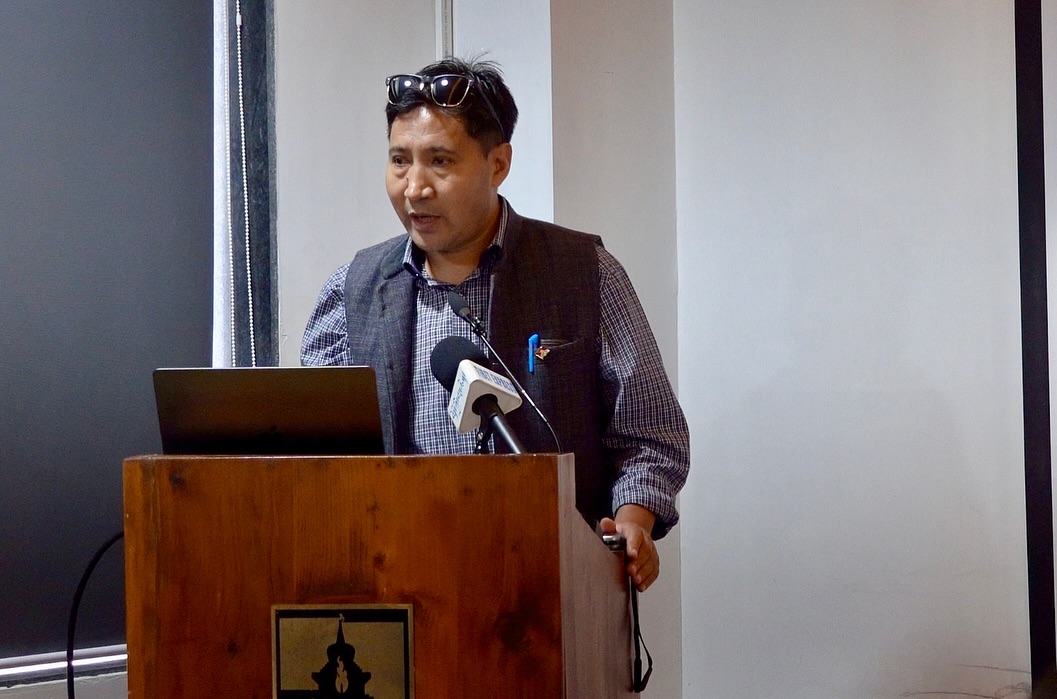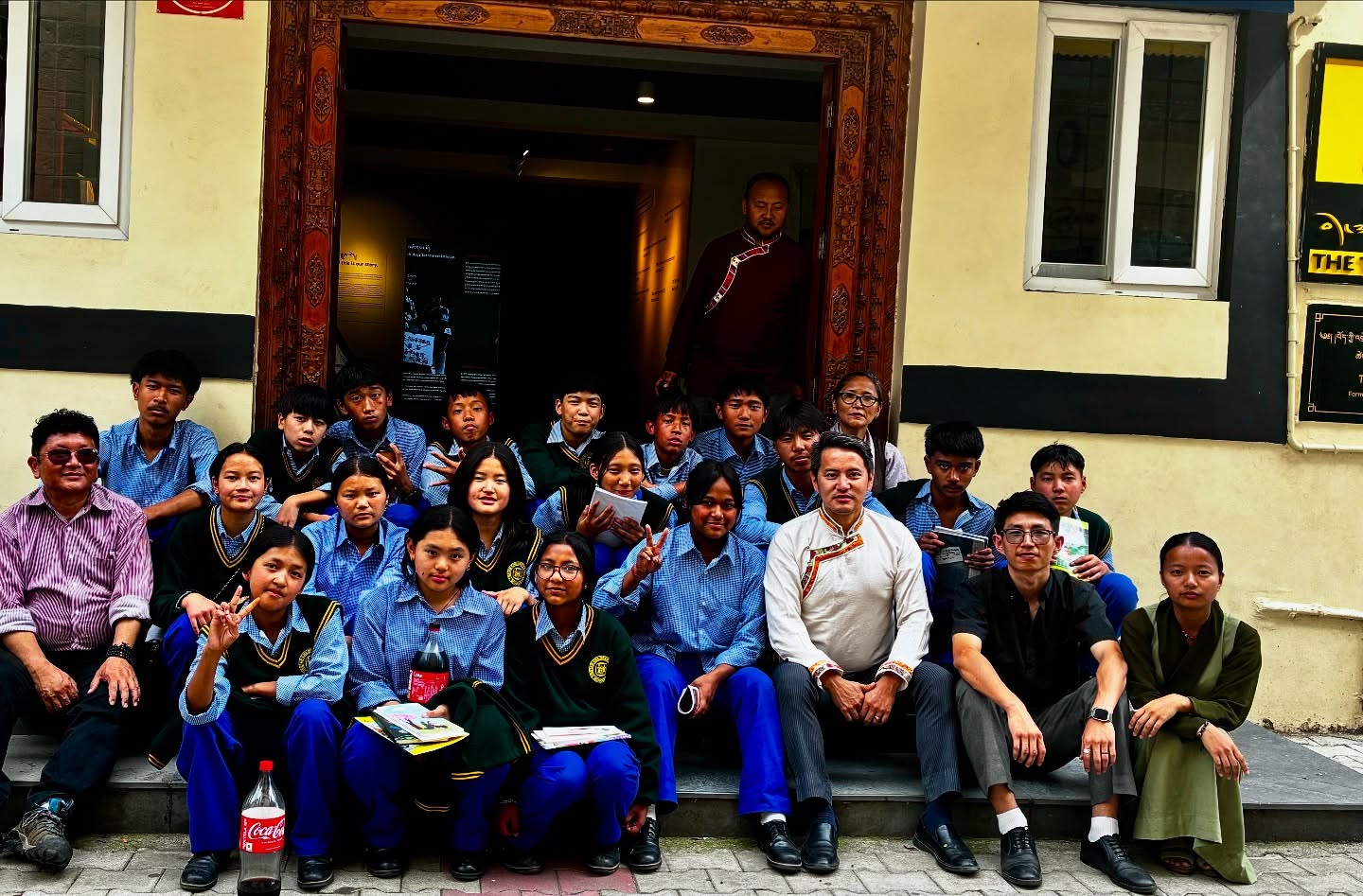The Tibet Museum Marks 48th International Museum Day with Theme: “The Future of Museums in Rapidly Changing Communities”
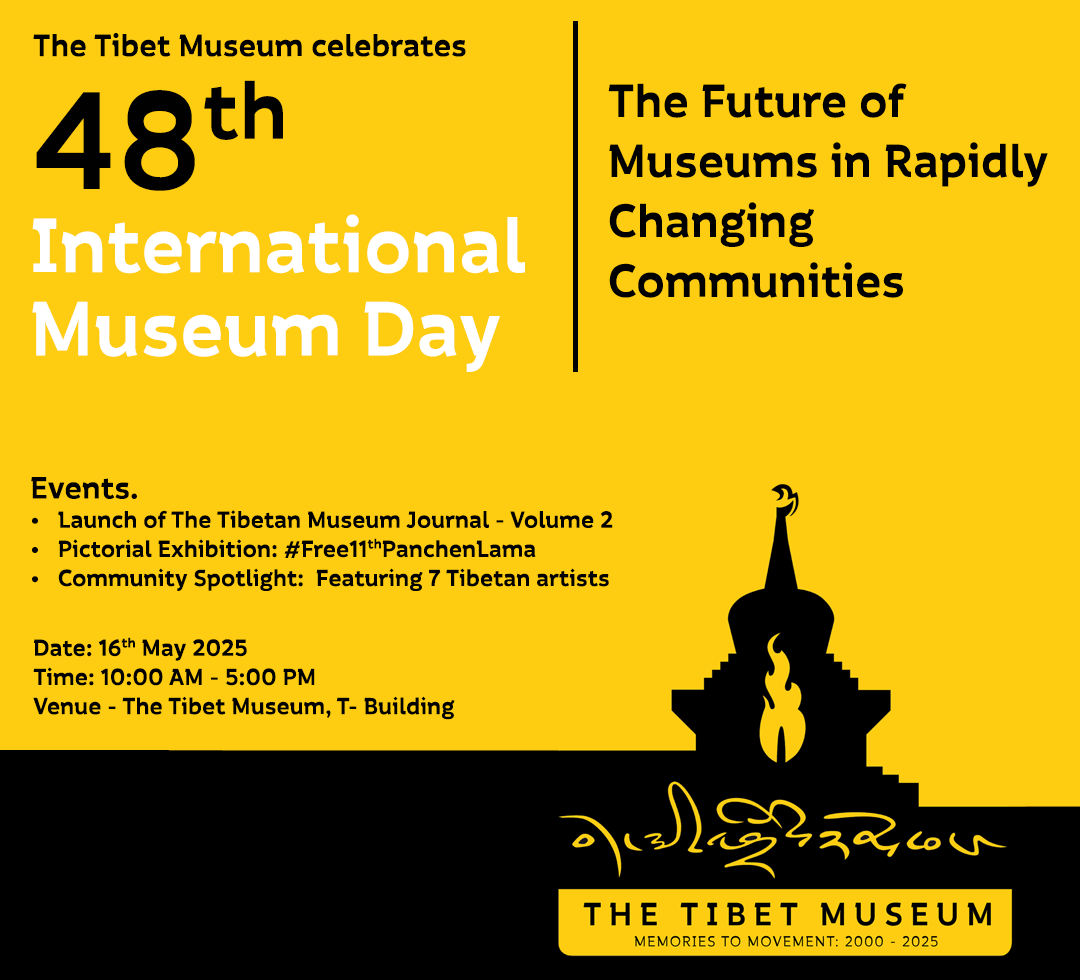
The Tibet Museum of the Department of Information and International Relations (DIIR), Central Tibetan Administration, marked the 48th International Museum Day—held under the theme “The Future of Museums in Rapidly Changing Communities”—with the launch of its latest journal edition and an art fair showcasing works by seven Tibetan artists.
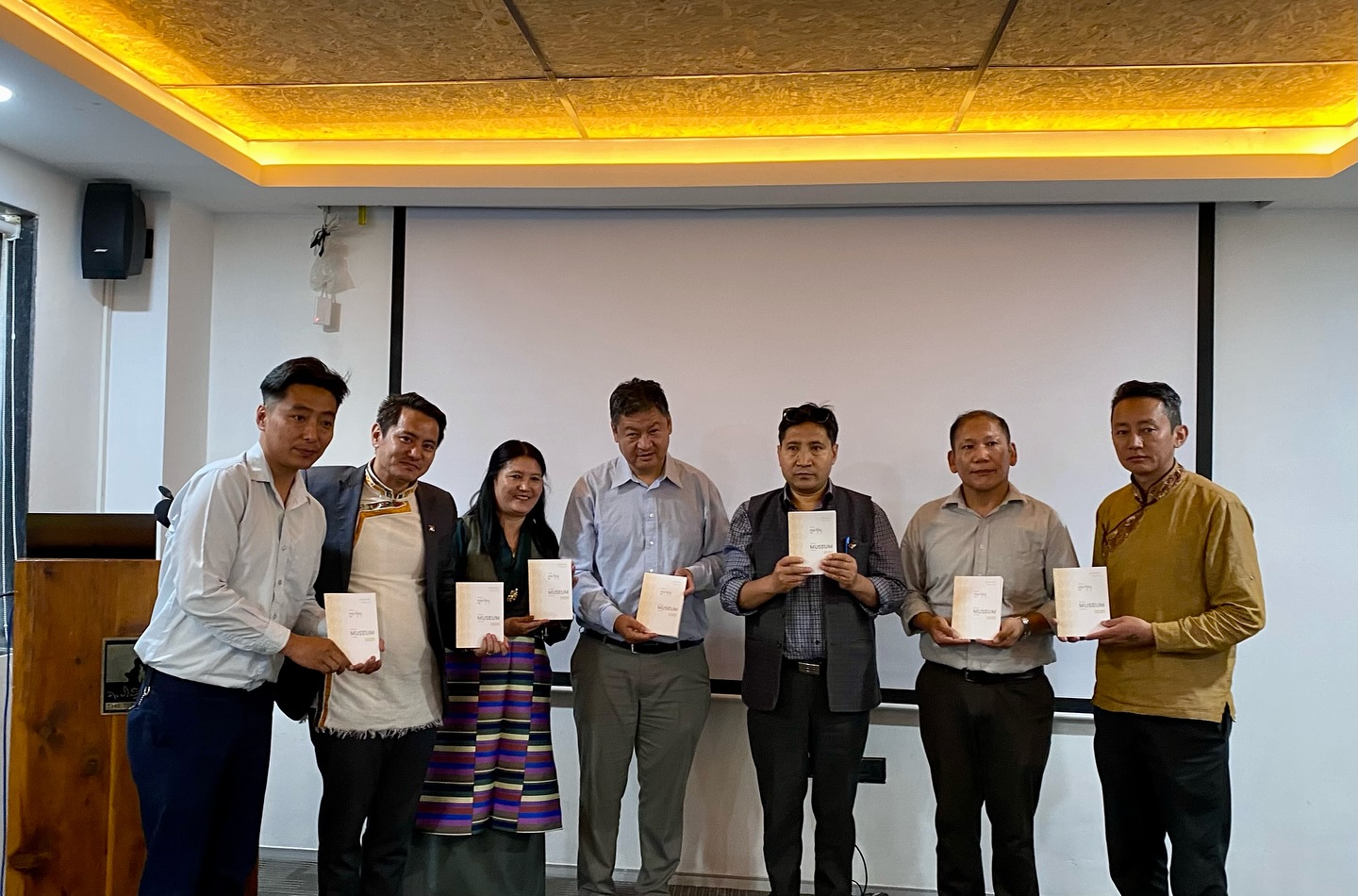
Secretary Karma Choeying and Additional Secretary Tenzin Lekshay of the DIIR attended the event as chief guests, joined by contributors to the journal, participating artists, students from Upper Tibetan Children’s Village School, and Tibetan and Indian media personnel based in Dharamshala.
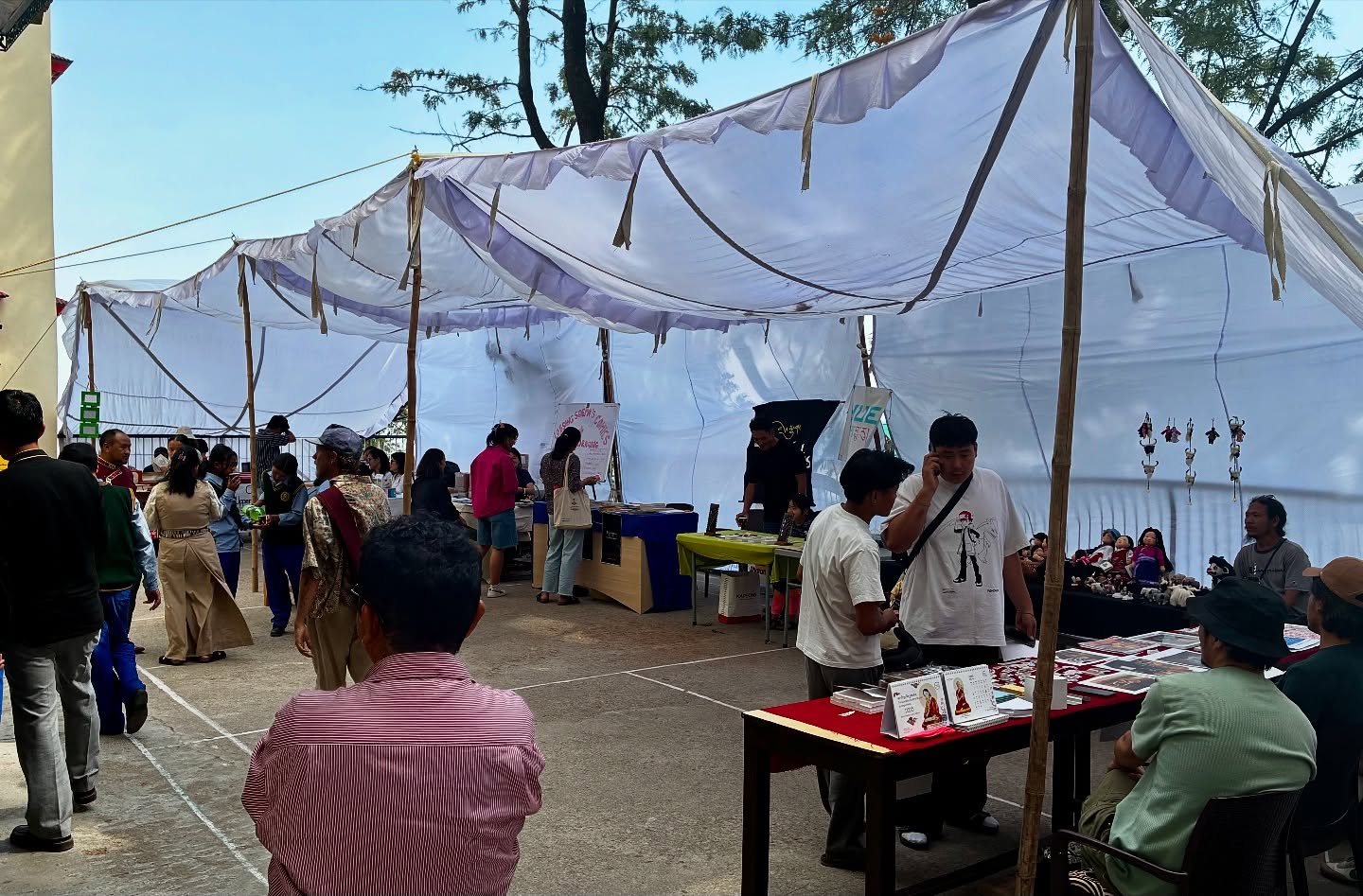
The event began with a brief gathering at the Tibet Museum’s auditorium, where museum staff introduced ongoing initiatives and recent developments.
Director of The Tibet Museum, Tenzin Topdhen, delivered the opening remarks, highlighting the significance of International Museum Day and offering a concise overview of the International Council of Museums—an international organization of museums and museum professionals—and The Tibet Museum’s engagement in its activities.
While emphasizing the core roles of museums worldwide—to preserve and exhibit artefacts, educate the public, support research, promote cultural heritage, and foster community engagement—Director Topdhen expressed concern over the politicization of museums in China.
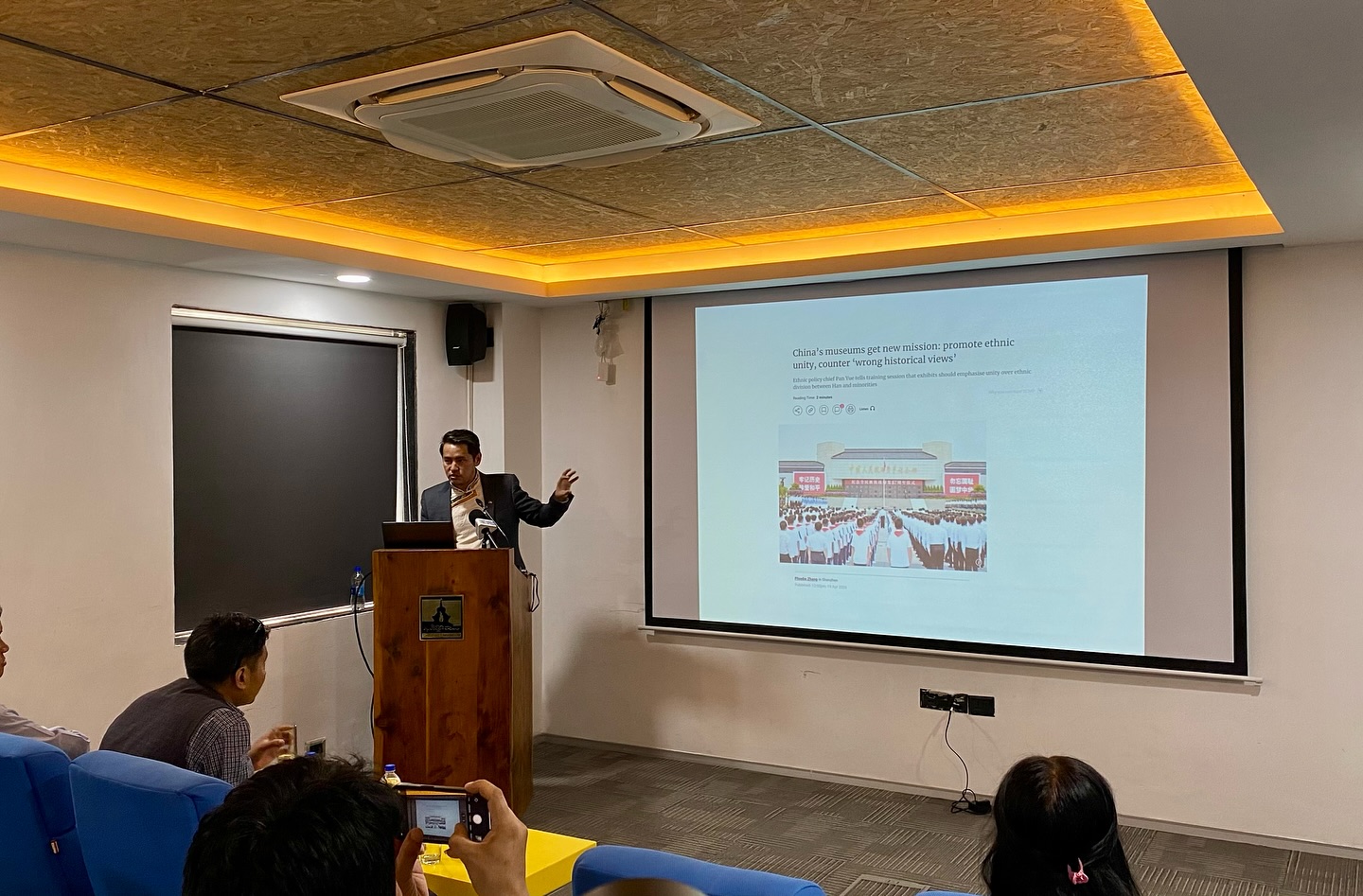
Following that, the Tibet Museum’s staff Karma Tashi presented an overview of the Tibet Museum’s photo archives. He detailed the process of gathering and categorizing photographs in accordance with museum standards, and explained how these archives are utilized in exhibitions, publications, and academic research.
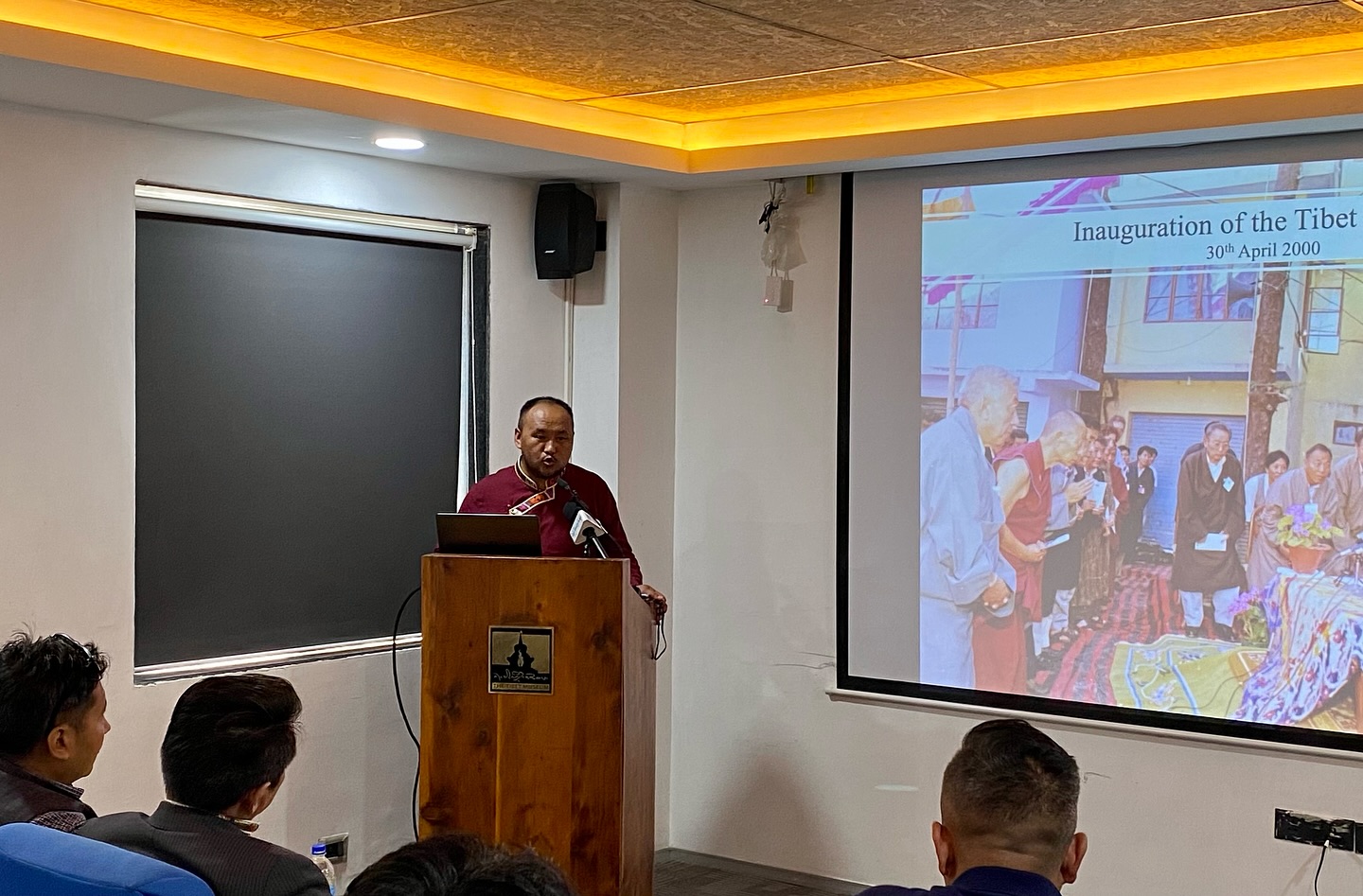
Curator Ngawang Dorjee then discussed the museum’s object collection and preventive conservation efforts. He shared that the museum houses approximately 1,300 objects, including scriptures, traditional costumes, woodblocks, and metal artefacts such as Buddha statues. These items are primarily acquired through donations or on loan. He also outlined the procedures followed when accepting artefacts and how they are incorporated into the museum’s educational and exhibition programs.
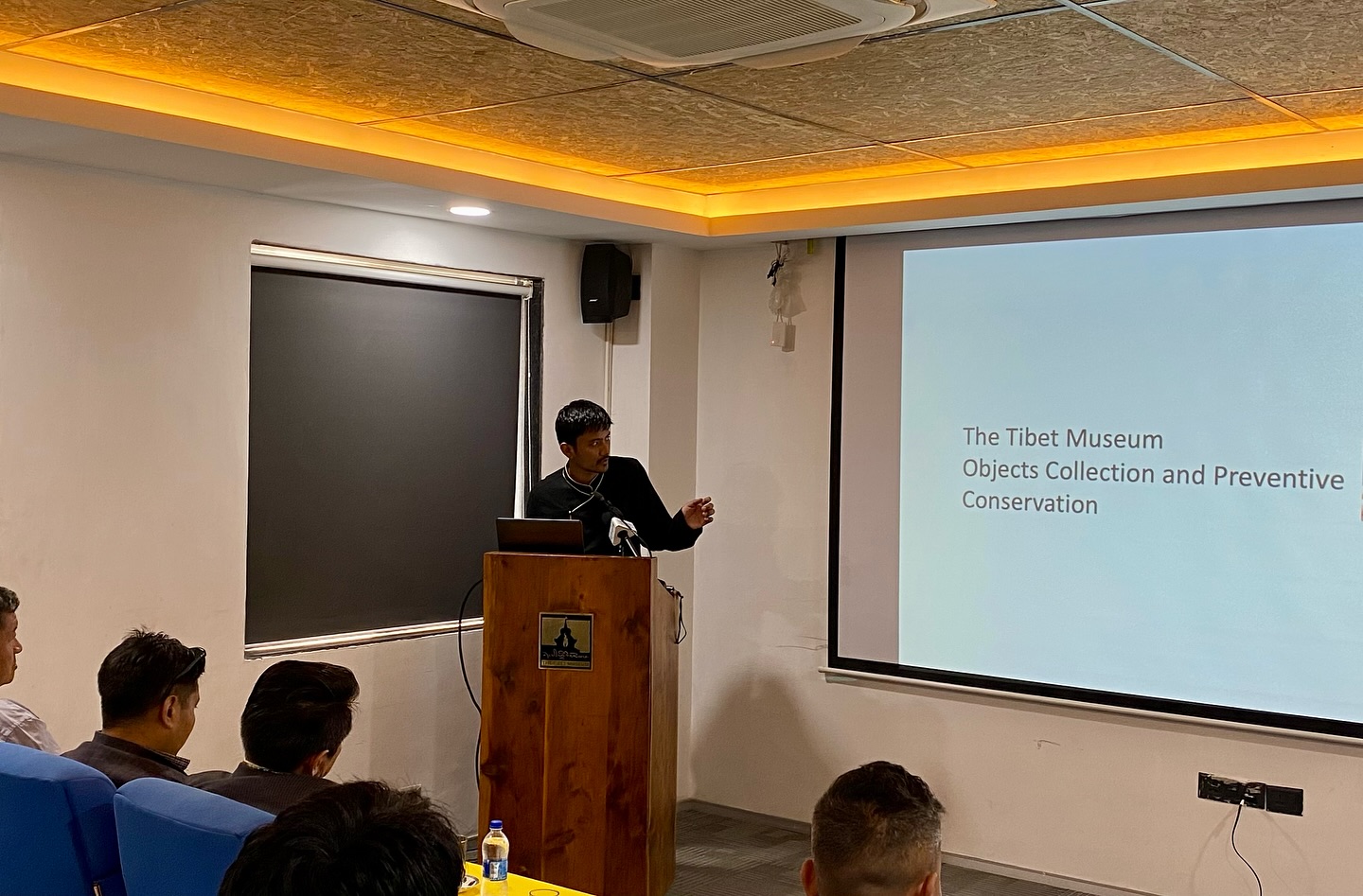
Staff member Tenzin Khetsun provided an update on the museum’s outreach efforts, noting that awareness campaigns are regularly conducted both in India and internationally to promote the Tibetan cause. He emphasized that these efforts have successfully educated both Tibetan and non-Tibetan communities—especially students—about the Tibetan struggle and its historical context. In Dharamshala, the museum maintains both permanent and temporary exhibitions and has hosted numerous prominent guests, including revered Tibetan Buddhist lamas and international dignitaries. He also mentioned that the museum periodically organizes talk series, featuring scholars, experts, and activists.
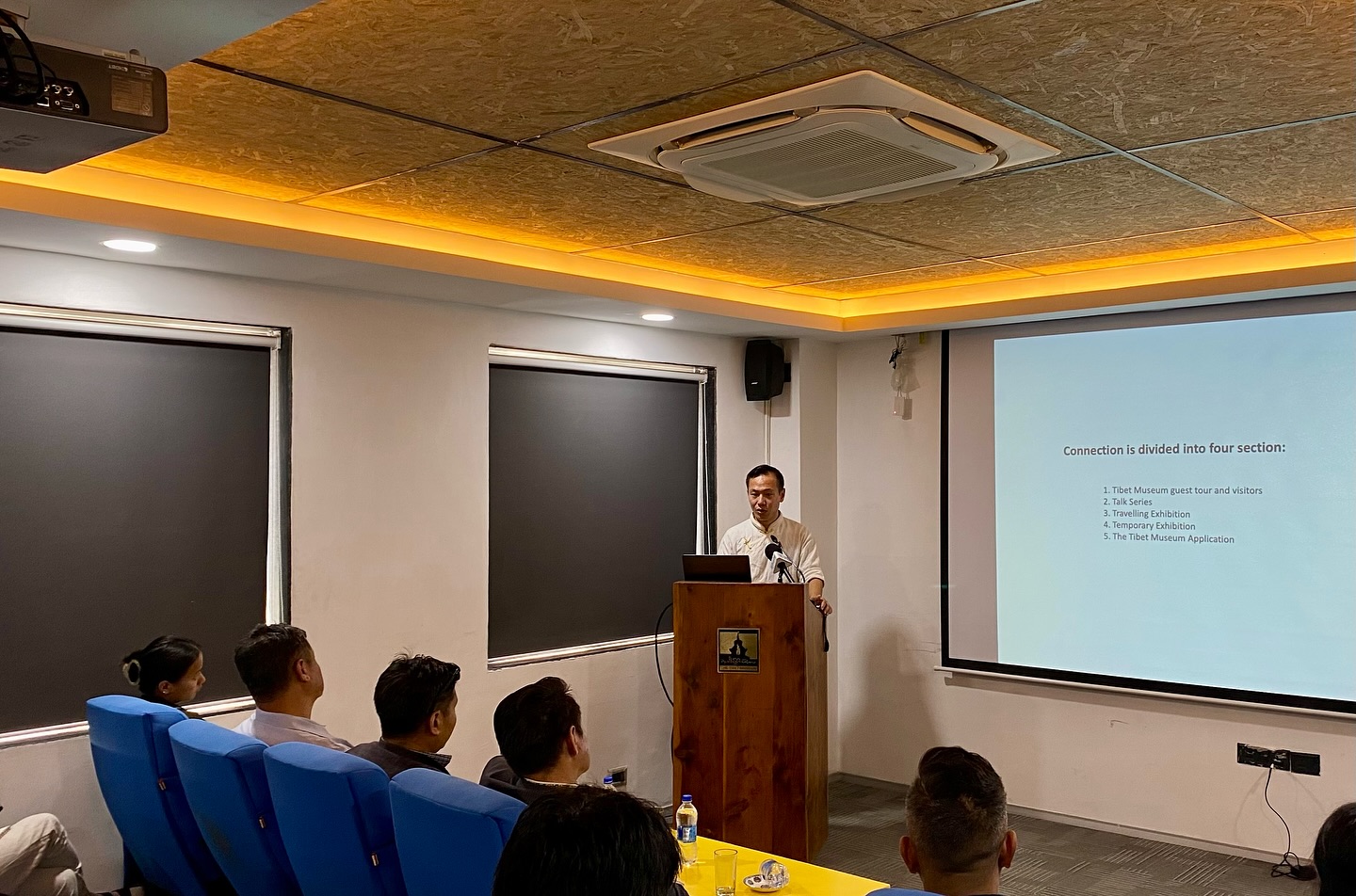
Secretary Karma Choeying stressed the museum’s vital role in countering the distorted narratives propagated by the People’s Republic of China regarding Tibet’s history. “The primary mission of the Tibet Museum is to educate both the international community and our own Tibetan people about the true history, religion, and culture of Tibet,” he said. “Despite the limitations we face in terms of funding and manpower, we are doing our utmost to achieve this mission.”
Secretary Karma Choeying further emphasized that the responsibility to preserve the aspects of Tibetan identity must be shouldered by every Tibetan, especially as the challenges to that identity continue to grow from multiple fronts. One major threat is the ongoing Sinicization campaign carried out by the Chinese government, particularly through state-run, colonial-style boarding schools within Tibet. Another is the gradual assimilation of the diaspora Tibetan community into the cultures of their host countries, which risks diluting their distinct heritage.
In his closing remarks, Secretary Karma Choeying underscored, “Our movement is grounded in truth and justice. If we continue to persevere with dedication, our efforts will bear fruit and our struggle will ultimately prevail.”
